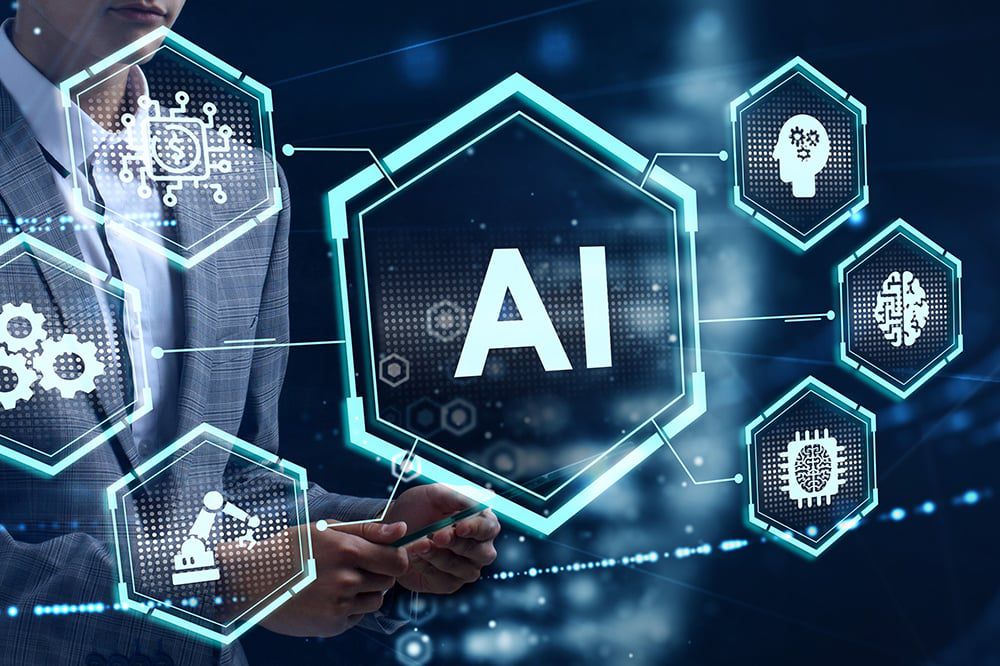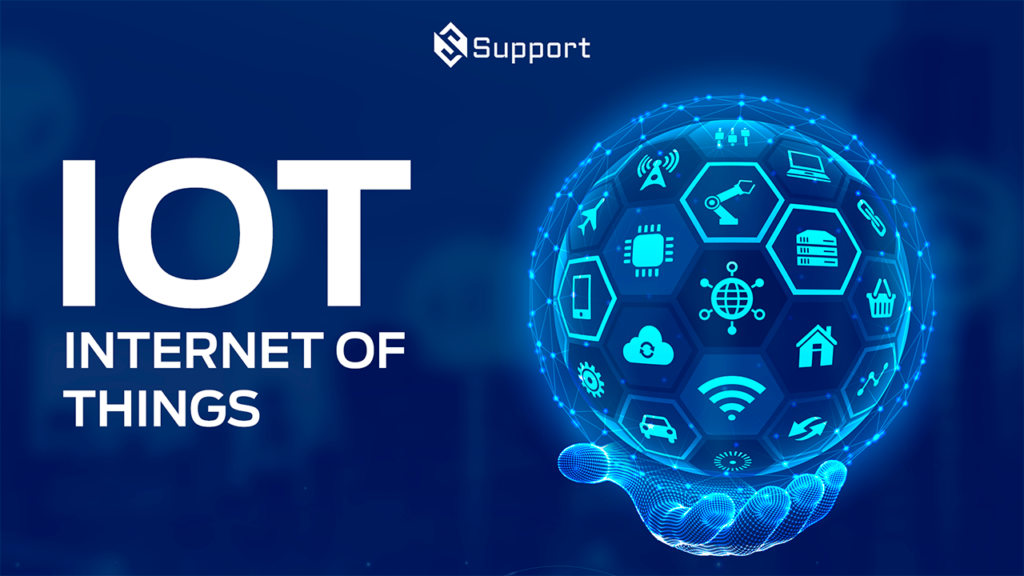Introduction:
Technology trends can change rapidly and as of 2024.In the dynamic landscape of technology, trends evolve at a rapid pace, shaping the way we live, work, and interact with the world around us. From artificial intelligence (AI) to blockchain, and from augmented reality (AR) to healthcare innovations, technological advancements continue to redefine our capabilities and possibilities. As these trends unfold, so too must our strategies for adaptation and improvement. In this exploration, we delve into the shifting currents of technology trends, examining how they have transformed over time and the ways in which we endeavor to enhance ourselves in response. By understanding these trends and embracing the principles of lifelong learning, collaboration, adaptability, and ethical consciousness, we can navigate the complexities of the digital age and harness the power of technology to drive positive change.
here are the top 5 technology trends gaining increasing recognition among developers and enterprises:
- Artificial Intelligence (AI)
- Internet of Things (IoT)
- Blockchain
- Cloud Computing
- 5G technology
A) Advancements in Artificial Intelligence (AI):
- From basic automation to complex decision-making systems, AI has evolved significantly over time. Initially focused on narrow tasks, AI has now branched into areas like natural language processing, computer vision, and even creativity.
- Human-AI collaboration is becoming more common, where AI augments human capabilities rather than replacing them entirely. This trend emphasizes the importance of upskilling to work alongside AI systems effectively.

B) Internet of Things (IoT) and Connectivity:
- IoT has shifted from simply connecting devices to enabling entire ecosystems of smart devices, from smart homes to industrial automation.
- Security concerns have grown as more devices become interconnected, leading to advancements in encryption, authentication, and secure communication protocols.
- The focus is shifting towards edge computing, where data processing occurs closer to the source, reducing latency and bandwidth requirements.

C) Blockchain and Decentralization:
- Beyond cryptocurrencies, blockchain technology is being explored for applications like supply chain management, voting systems, and decentralized finance (DeFi).
- Scalability and energy efficiency are areas of improvement, with efforts towards developing more sustainable consensus mechanisms and layer 2 solutions.

D) Augmented Reality(AR) & Virtual Reality(VR)
AR and VR have moved beyond gaming and entertainment into areas like remote collaboration, training simulations, and virtual tourism.
- Improvements in hardware, such as lighter and more immersive headsets, are enhancing user experiences and expanding adoption across various industries.
E) Cybersecurity and Privacy:
- With the proliferation of data breaches and privacy scandals, there’s a heightened focus on enhancing cybersecurity measures and protecting user privacy.
- Technologies like homomorphic encryption, zero-trust architecture, and AI-driven threat detection are being developed to address evolving security threats.
F) Sustainable Technology :
- Environmental concerns are driving innovations in sustainable technology, including renewable energy sources, energy-efficient computing, and eco-friendly materials.
- Circular economy principles are being adopted to minimize waste and maximize resource efficiency in the design and disposal of tech products.
So, such type of fluctuating trends of technology, how can we improve ourself & how can we catch up with the tricks of using technology knows as follows:
1.Lifelong Learning:
Embracing a growth mindset and actively seeking opportunities to learn new skills and technologies.
2.Collaboration and Networking:
Engaging with diverse communities and fostering collaborations to stay informed and exchange knowledge.
3.Adaptability and Resilience:
Being flexible and resilient in the face of rapid technological changes and unforeseen challenges.
4.Ethical Considerations:
Prioritizing ethical principles and responsible use of technology to ensure positive societal impacts.
5.Innovation and Creativity:
Encouraging creativity and innovation to develop novel solutions to complex problems and drive technological advancements forward.

By staying informed, adaptable, and ethically conscious, individuals and organizations can navigate the ever-changing landscape of technology trends and continuously improve themselves to thrive in the digital age.

